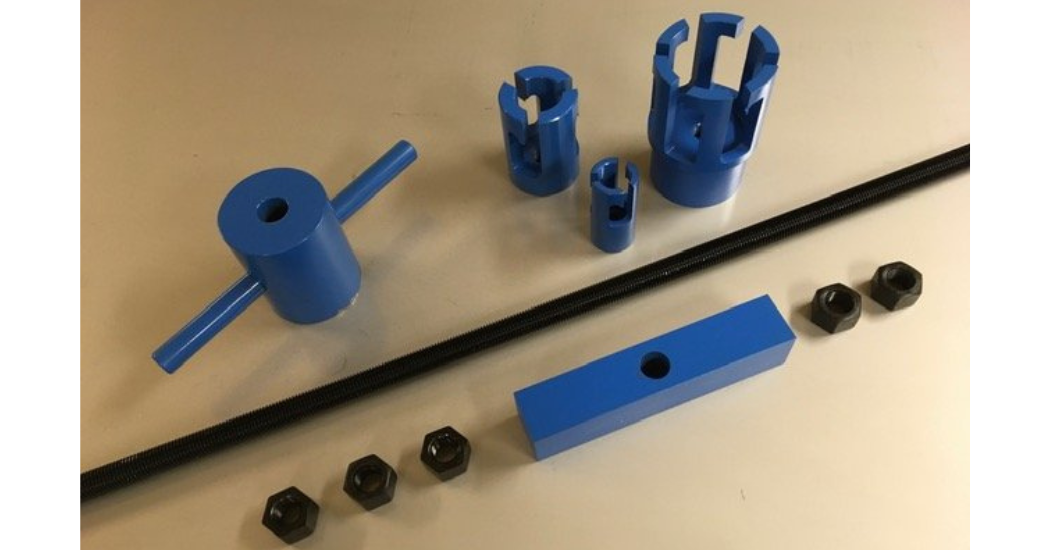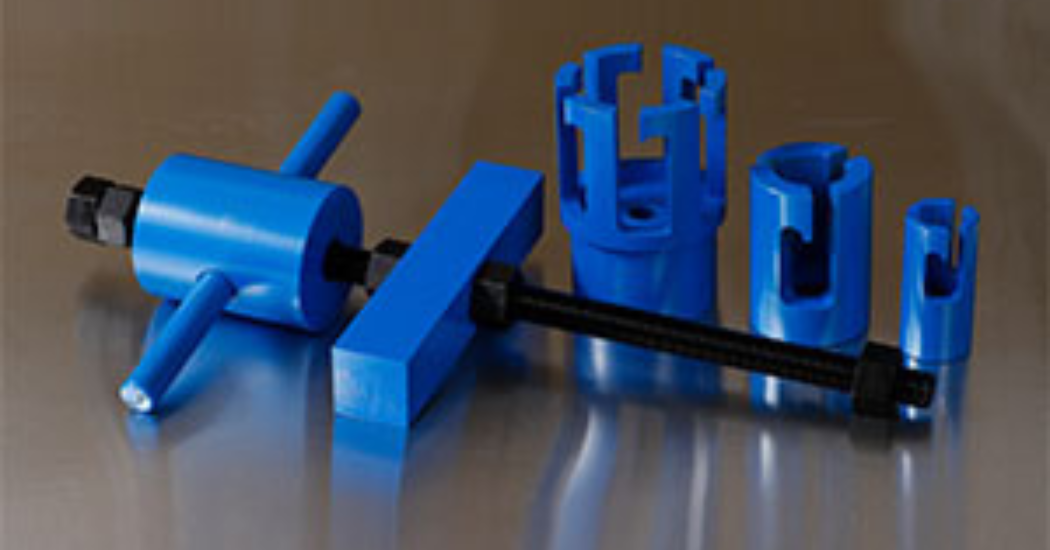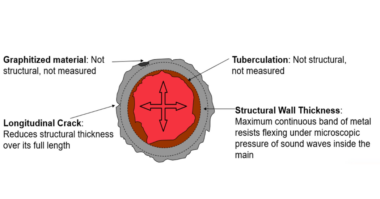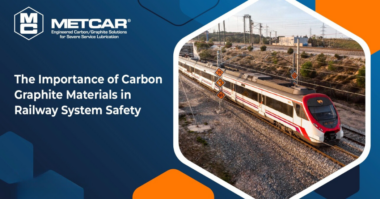Born out of necessity, the Valve Puller is a frequently overlooked tool with the potential to impact the overall output of your reciprocating plunger pump. Swiftly removing and replacing valves allows your pump to promptly resume its operation, ensuring a continuous flow of fluids and positively influencing your bottom line. Making sure you have the correct tool to remove those valve seats is the easiest way to get them replaced.
Although similar in design, there are various Valve Puller assemblies made for specific valve seats.
 Valve Pullers used on abrasion resistant (AR) or the WG Sphera™ series valves consist of a bumper stem, bumper, puller stem, strong back (usually circular), cage tool, adapter nut, puller guide and puller eccentric. Since the AR valve components include a cage, the cage tool may be necessary to remove the cage prior to seat removal.
Valve Pullers used on abrasion resistant (AR) or the WG Sphera™ series valves consist of a bumper stem, bumper, puller stem, strong back (usually circular), cage tool, adapter nut, puller guide and puller eccentric. Since the AR valve components include a cage, the cage tool may be necessary to remove the cage prior to seat removal.
 For valves with a webbed seat, like the plate valve or Durabla® valve, the Valve Puller consists of a threaded rod, bumper, strong back, various nuts and a puller claw. The rectangular strong back allows for greater visibility in the pump. Being familiar with the components of the plate valve and the Durabla® valve will also help with removal.
For valves with a webbed seat, like the plate valve or Durabla® valve, the Valve Puller consists of a threaded rod, bumper, strong back, various nuts and a puller claw. The rectangular strong back allows for greater visibility in the pump. Being familiar with the components of the plate valve and the Durabla® valve will also help with removal.
Just like the valves themselves, Valve Pullers come in many sizes. An ideal way to correctly identify the right Valve Puller is by knowing the valve part number. Otherwise, the following information must be known:
- Pump manufacturer and model
- Valve model
- Fluid end size (example: L or M for low or medium pressure)
- Number of webs (for Durabla® or plate valves)
Once the right Valve Puller has been selected, follow the instructions on Removing a Valve with the Valve Puller. If this process proves too difficult, some people add automated or hydraulic equipment to the mix, however safety should be a major consideration for this addition. It’s possible some of these hard-to-remove valves could have benefited from following the manufacturer’s installation instructions in the first place or the Valve Puller itself lacks the strength to extract the valves.
Triangle Pump Components Inc. (TPCI) upgraded their Valve Pullers by replacing the traditionally used “e.t.d.” 150® cold finished bars that had a tensile strength (psi) of 150,000 minimum with a 17-4SS H-900 bar and a tensile strength (psi) of 190,000 minimum. The handles on the bumper were also upgraded to a screw-in type rather than welded to increase overall strength and better ease in shipping & handling. Installation instructions for TPCI valves are available on our website. These AR and Plate Valve Pullers will fit some similar valves from other companies in the industry.
TPCI has over 100 years of experience manufacturing reciprocating plunger pump components that have endured the test of time due to our tradition of quality. To learn more about the Valve Puller or other products, contact them today.





Comments